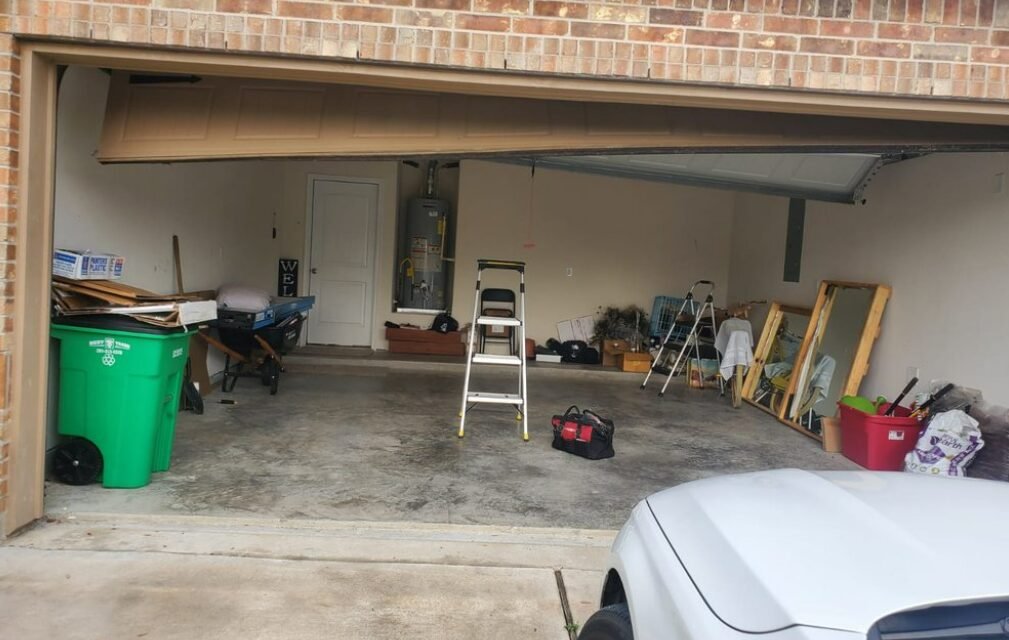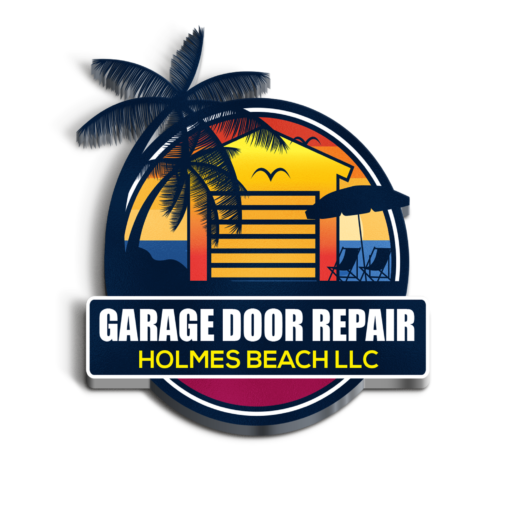The Role of Springs in Garage Door Repairs
- Commercial Garage Door Repair
- Garage Door Opener Installation
- Garage Door Spring Repair
- Same Day Garage Door Repair
- Custom Garage Door
- Garage Door Opener Repair
- Garage Door Track Repair
- Gate Repair
- Garage Door Cable Repair
- Garage Door Panel Repair
- Local Garage Door Repair
- Garage Door Replacement
- Noisy Garage Door Fix
- Garage Door Installation
- Garage Door Section Replacement
- Overhead Garage Door Repair

The Role of Springs in Garage Door Repairs
Garage doors are essential for both security and convenience, but they rely on several components working together to function properly. Among these, springs play one of the most critical roles in ensuring smooth operation. At Garage Door Repair Holmes Beach, we’ve repaired countless garage doors and seen firsthand how springs are often the key to maintaining their performance. Understanding the role of garage door springs and recognizing common issues can help you address problems before they escalate.
Springs are vital to the mechanics of any garage door repair. They bear most of the door’s weight, enabling it to open and close with ease, whether manually or via an automatic opener. Without functioning springs, the door becomes difficult—or even dangerous—to operate.
Why Springs Are Crucial to Garage Door Functionality
Garage door springs are designed to counterbalance the weight of the door, making it feel lighter and easier to open. Depending on the type of system, they may be torsion or extension springs, both of which serve the same purpose but work differently.
The Role of Torsion Springs
Torsion springs are installed horizontally above the garage door. They store energy by twisting as the door closes, and this energy is released to lift the door when it opens. Torsion springs provide smooth and controlled operation, making them a common choice for modern garage doors. They are durable and can support heavier doors, but they must be monitored for wear over time.
The Role of Extension Springs
Extension springs are mounted on either side of the garage door and stretch as the door closes. When the door opens, they contract, creating the force necessary to lift it. Extension springs are often found in older or smaller doors but can be just as effective when properly maintained. However, they have more moving parts, which increases their risk of wear and tear.
Both types of springs are critical and must be correctly calibrated to ensure the door functions without unnecessary strain on other components.
Common Garage Door Spring Issues
Springs are built to handle significant stress but aren’t immune to wear. Over time, they weaken and may require professional attention. Below are some of the most common spring-related problems homeowners encounter.
Broken or Worn-Out Springs
This is one of the most frequent issues reported. Springs typically have a lifespan measured in cycles (one cycle equals the door opening and closing once). Standard springs last around 10,000 cycles, but heavy use can shorten their lifespan significantly. Signs of a broken spring include:
- A sudden loud snapping noise
- The garage door refusing to open
- Visible gaps or coils in the spring
Operating a garage door with a broken spring is dangerous and can lead to further damage.
Uneven Motion or Balance Issues
If the garage door appears lopsided or moves unevenly, it’s often due to issues with the springs. This can happen when one spring wears out faster than the other, putting undue stress on the system. A door out of balance might also close too quickly, creating a safety hazard.
Rust and Corrosion
Springs are typically made of metal, making them susceptible to rust over time. Corrosion weakens the spring’s structure, increasing the likelihood of a break. Regular lubrication helps prevent rust and extends the lifespan of the springs.
Noise and Vibrations
If your springs are making squeaking or grinding noises during operation, it’s often due to insufficient lubrication or general wear. Addressing these issues early can prevent more significant problems down the road.
Why Spring Repairs Are Not a DIY Task
Attempting to repair or replace springs without professional expertise is highly dangerous. Garage door springs are under immense tension, and improper handling can lead to serious injury or further damage to the door’s mechanisms.
Risks of DIY Repairs
Because springs are tightly wound, an amateur repair attempt can result in them snapping unexpectedly. This not only risks personal injury but also damages surrounding components, increasing repair costs. Additionally, without proper tools or knowledge, you risk installing the wrong type or size of spring, which will further disrupt the door’s performance.
Trust the Experts
Professional technicians, like those at Garage Door Repair Holmes Beach, are equipped with the training and tools necessary to handle spring repairs safely and effectively. They can identify the correct spring type, ensure proper tension, and restore your garage door to peak functionality.
Final Thoughts
Garage door springs are the unsung heroes of your door’s operation, ensuring smooth and safe performance while carrying a significant load. Understanding their importance and addressing common issues early can save you from inconvenient breakdowns and costly repairs. However, working with springs is no DIY project; it requires the expertise and precision of a licensed professional.
When you suspect a problem with your garage door springs, don’t hesitate to reach out to experts like Garage Door Repair Holmes Beach. Whether it’s inspecting, repairing, or replacing your springs, their team ensures your garage door remains reliable, safe, and efficient. Trust the professionals to keep your garage door in top condition for years to come.
